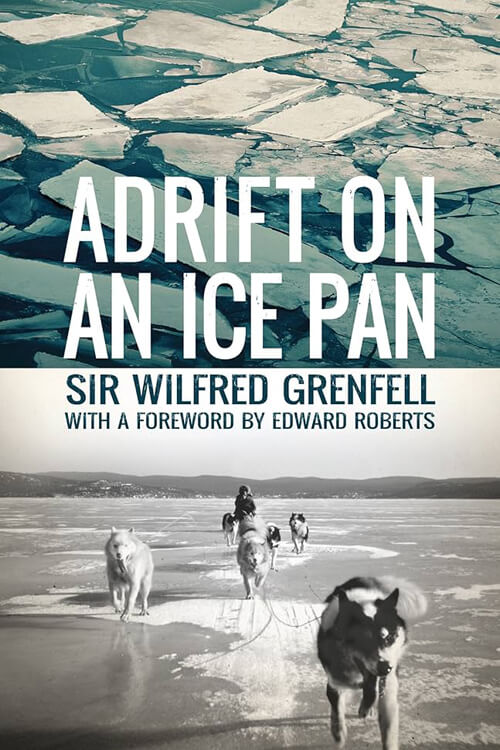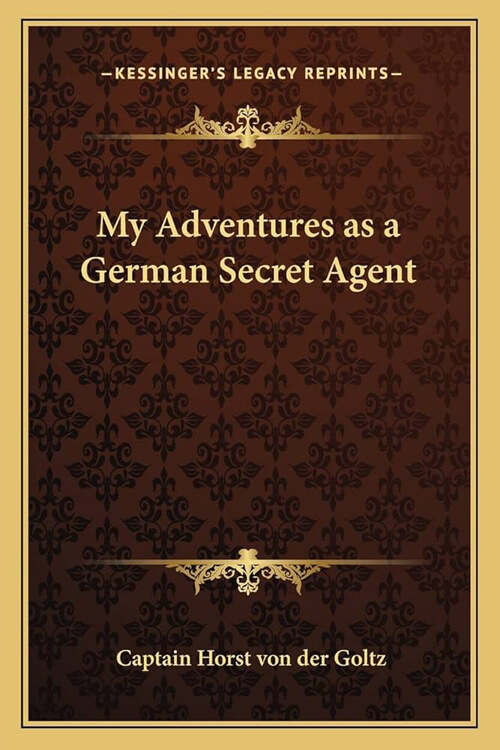
My Adventures as a German Secret Service Agent
I find an old letter containing a strange bit of scandal, and its contents draw me into the service of the Kaiser.
On March 29, 1916, the steamer Finland was warped into its Hudson River dock and I hurried down the gangway. I was not alone. Agents of the United States Department of Justice had met me at Quarantine; and a man from Scotland Yard was there also a man who had attended me sedulously since, barely two weeks before, I had been released in rather unusual circumstances from Lewes prison in England; the last of four English prisons in which I had spent fifteen months in solitary confinement waiting for the day of my execution.
My friend from Scotland Yard left me very shortly; soon afterward I was testifying for the United States Government against Capt. Hans Taiischer,- husband of. Mine. Johanna Gadski, the diva. Tauscher, an American agent of the Krupps and of the German Government, was charged with complicity in a plot to blow up the Welland Canal in Canada during the first month of the Great War. During the trial, it was shown that von Papen and others (including myself) had entered into a conspiracy to violate the neutrality of the United States. I had led the expedition against the Welland Canal, and I was telling everything I knew about it. Doubtless, you remember the newspapers of the day.
You will remember how, at that time, the magnitude of the German plot against the neutrality of the United States became finally apparent. You will remember how, in connection with my exposure, came the exposure of von Igel, of Rintelen, the German Consul-General at San Francisco, Bopp, and many others. With all these men I was familiar. In the activities of some of them, I was implicated. It was I, as I have said, who planned the details of the Welland Canal plot. I shall tell the true story of these activities later.
Read or download Book
Horst von der Goltz
Horst von der Goltz (born Franz Wachendorf in 1884 in Koblenz) was a German counterintelligence agent during World War I. In 1918, his autobiography, My Adventures as a German Secret Service Agent, was published. von der Goltz appeared as himself in a U.S. propaganda film written and directed by Raoul Walsh, The Prussian Cur, for Fox Film Corporation. The film was produced by the U.S. Committee on Public Information and designed to influence public opinion about the involvement of the United States in World War I.
Life
At the age of 16, Wachendorf was deported from Brussels back to the German Empire. In 1911, apparently, under the direction of the German intelligence service, he stole a draft of a confidential agreement between Mexico and Japan. This draft was leaked to the US, resulting in two-thirds of the U.S. Army converging on the southern border with Mexico. In 1912, Wachendorf moved to the US for the first time and served briefly in the United States Army.
Wachendorf also served in Pancho Villa’s revolutionary army in Mexico and attained the rank of Major. To impress the Mexicans, he took the name Horst von der Goltz, the name under which he was detained together with other German mercenaries from Villa’s opposition for a time in Chihuahua. The consul there began recruiting him to work in the espionage ring of Franz von Papen. After World War I began, on August 3, 1914, Wachendorf’s commanding general, Raúl Madero, set him free for six months. Goltz met the German consul Otto Kueck in El Paso, Texas, who told him about the new Office of Military Attaché of Franz von Papen (for sabotage and subversion) in the Wall Street District of New York City, which he soon joined.
Attack on the Welland Canal
Papen and Goltz agreed that the Welland Canal, which connects Lake Erie and Lake Ontario, should be blown up because it was used to transport arms for the Entente. Papen gave Goltz $500 and a recommendation for Consul Carl A. Luederitz in Baltimore, who awarded him a passport in the name of Bridgeman W. Taylor. The Krupp representative in New York, Hans Tauscher, ordered—under the pretext of blowing up tree stumps on a farm—the dynamite for the attack from the DuPont Powder Company. Goltz had already hired some of his self-conspirators in Buffalo, New York, near the Canada–US border, when Papen stopped the attack on the Welland Canal. The saboteurs were forced to give up their plan due to strong Canadian efforts to protect the canal. According to contemporary reports, Goltz was recalled to Germany, as the U.S. passport he applied for on August 29, 1914, under his pseudonym Taylor, shows he used it on October 2, 1914. Using an Italian visa, he sailed on the SS Duca d’Aosta to Genoa and traveled on to Berlin, arriving three weeks after departure. Luederitz was later indicted for passport fraud for helping Goltz. Tauscher was acquitted of his part in the plan in June 1916.






